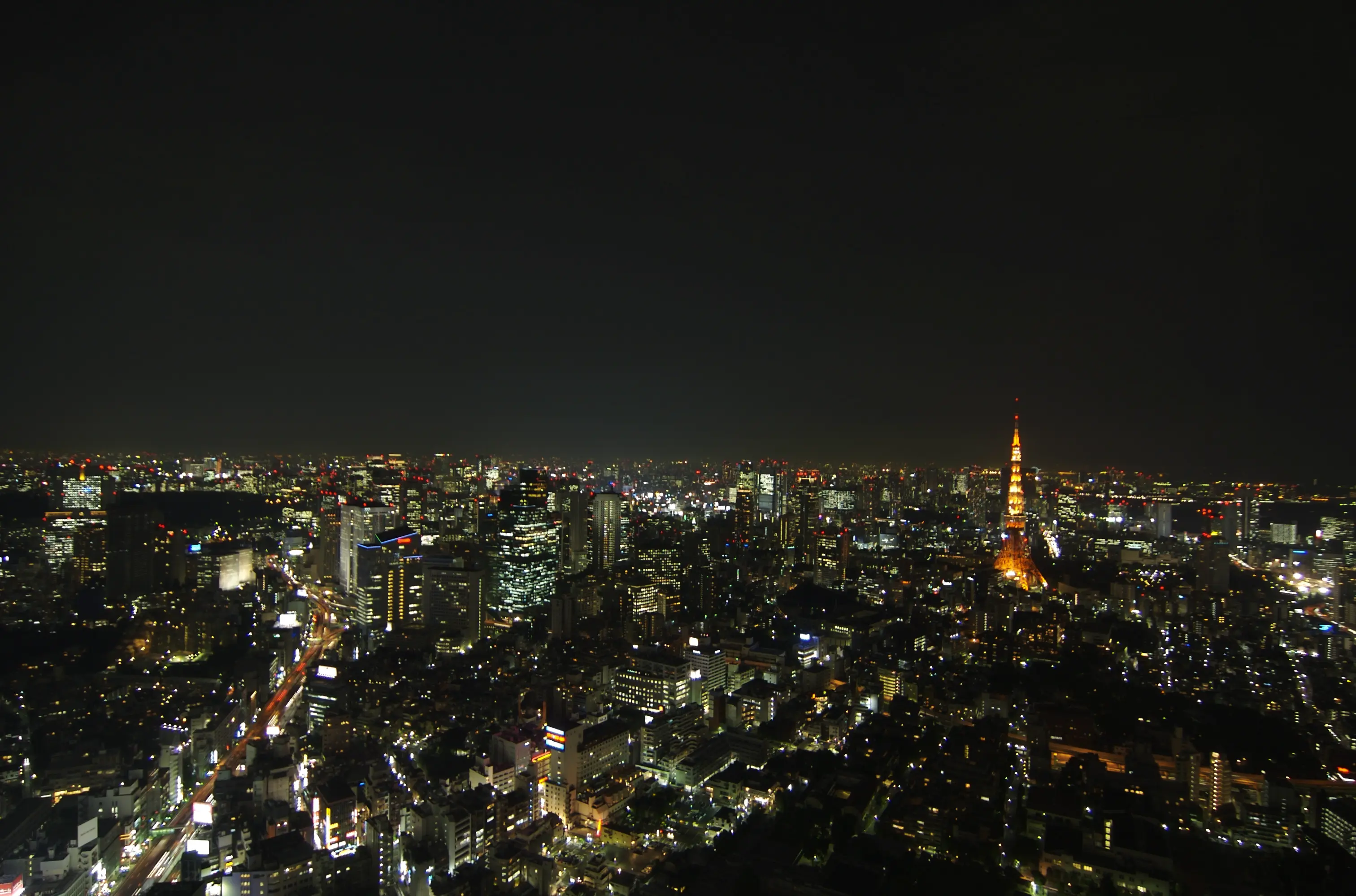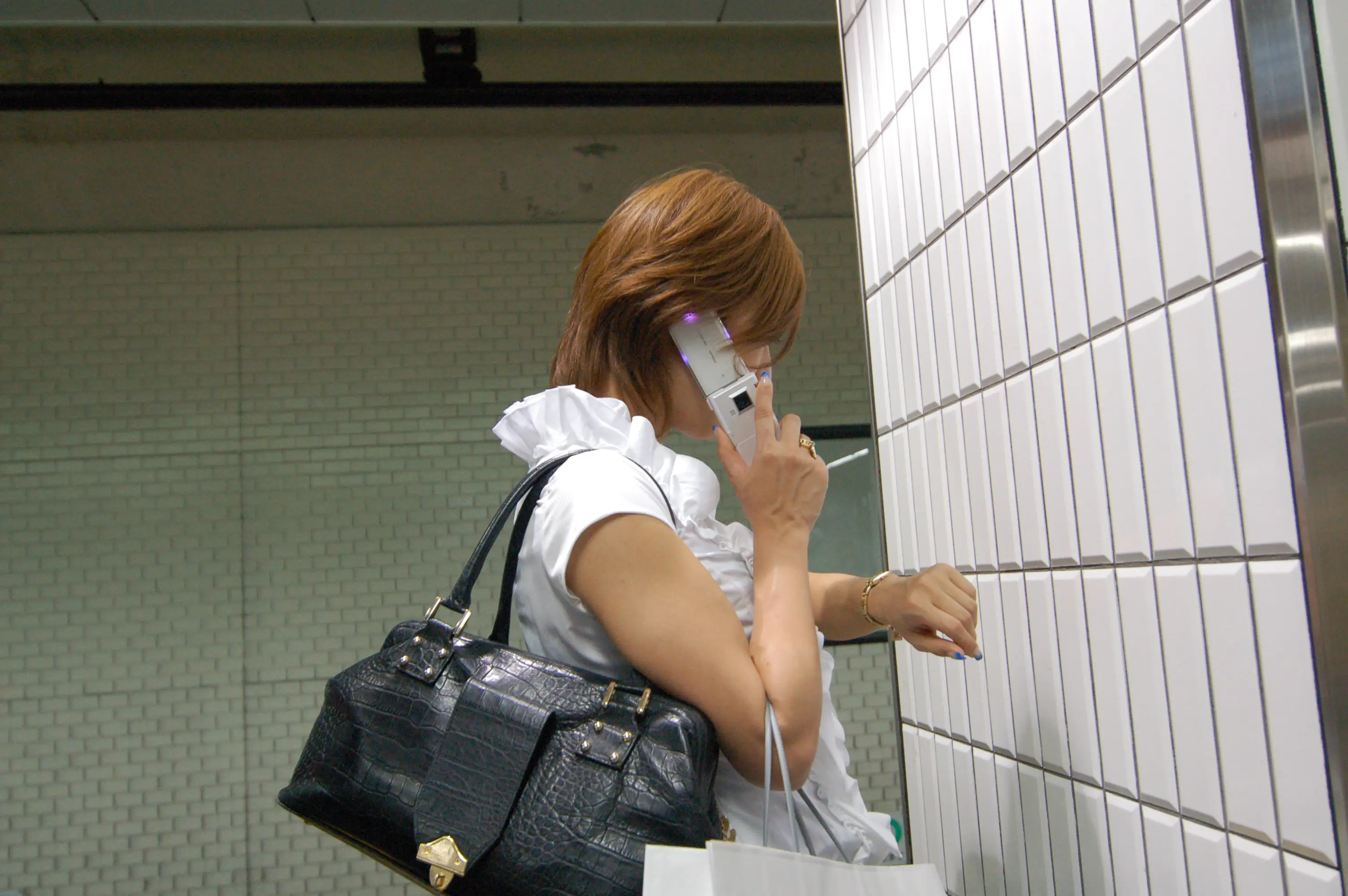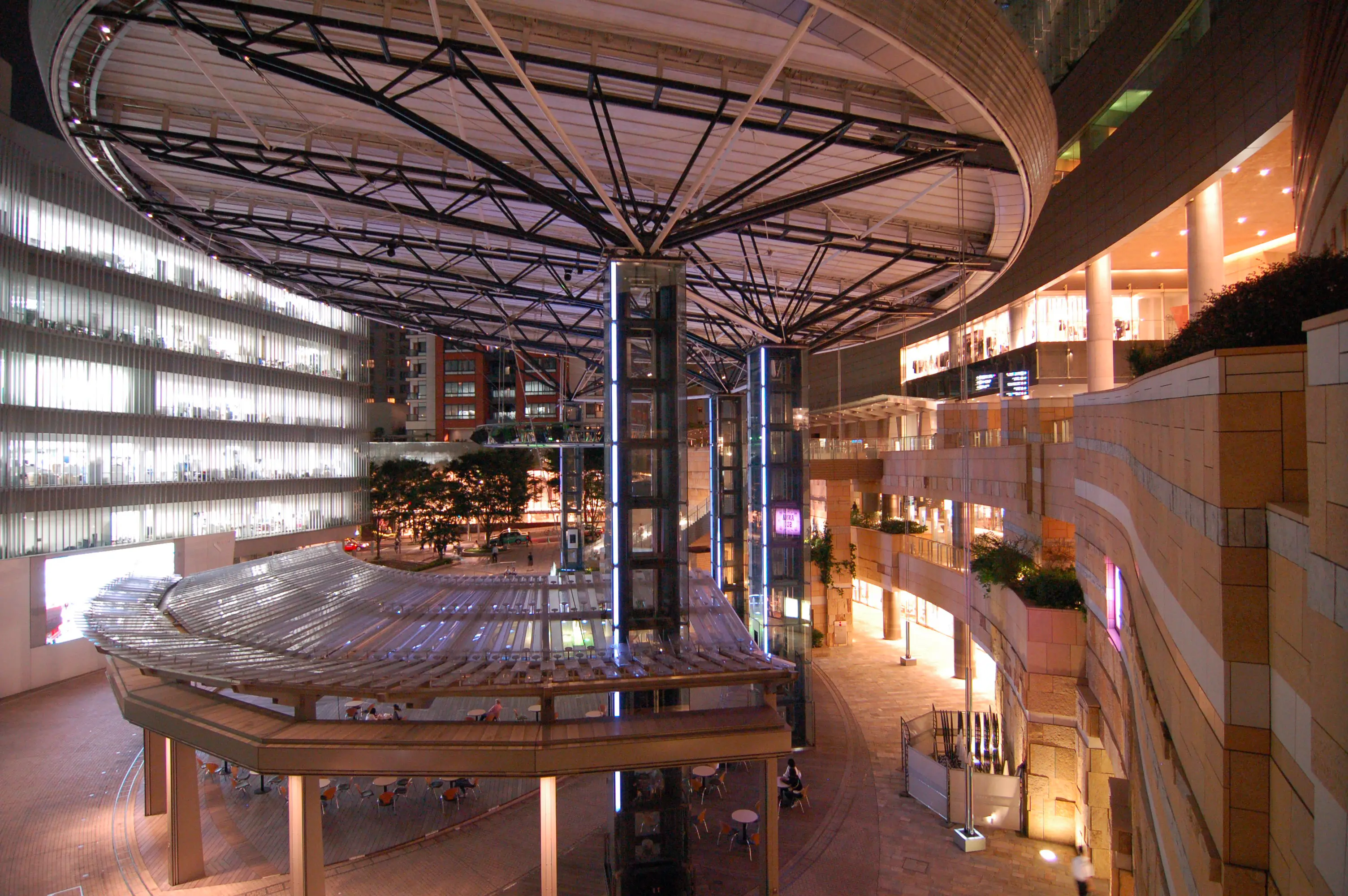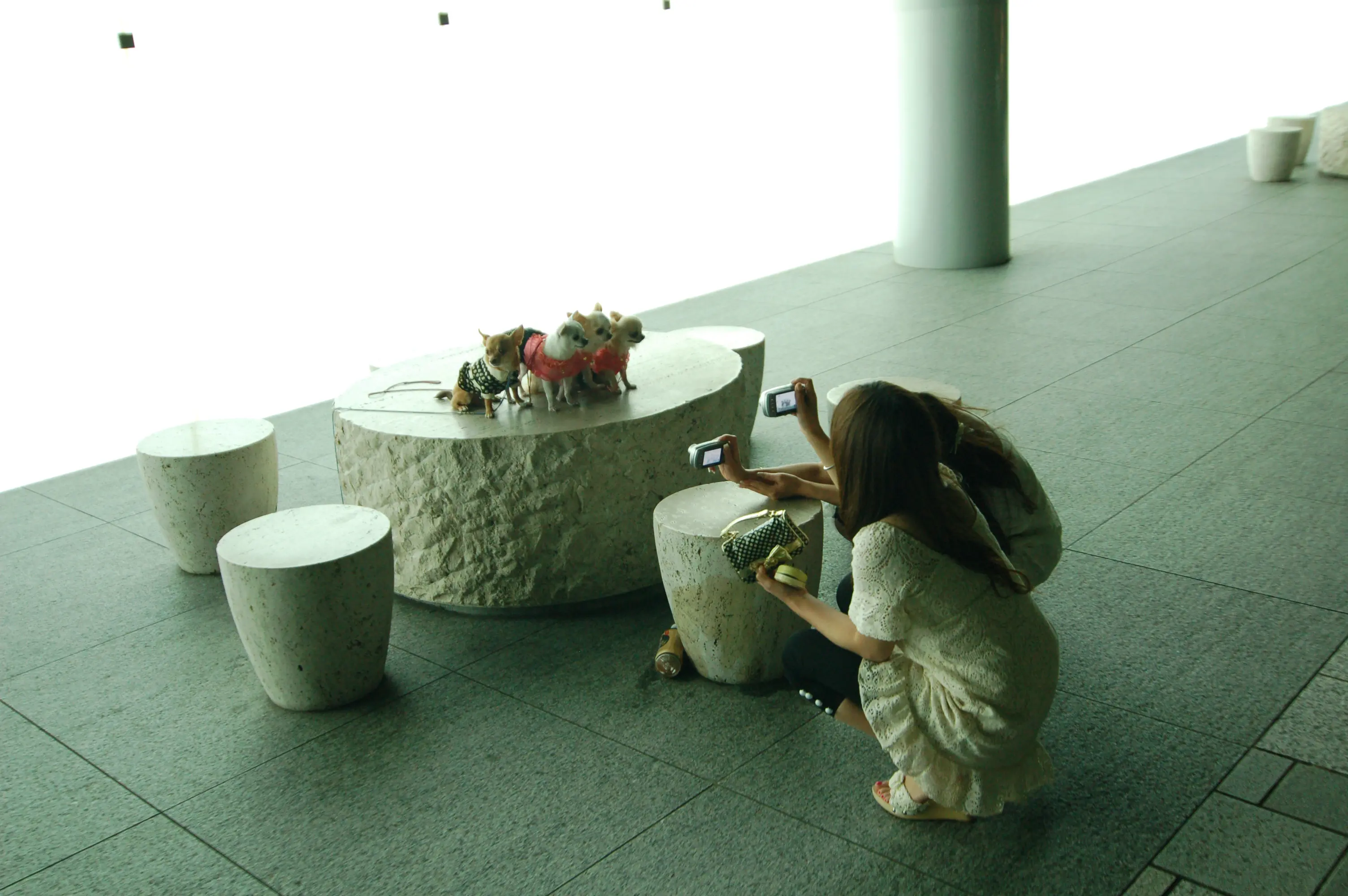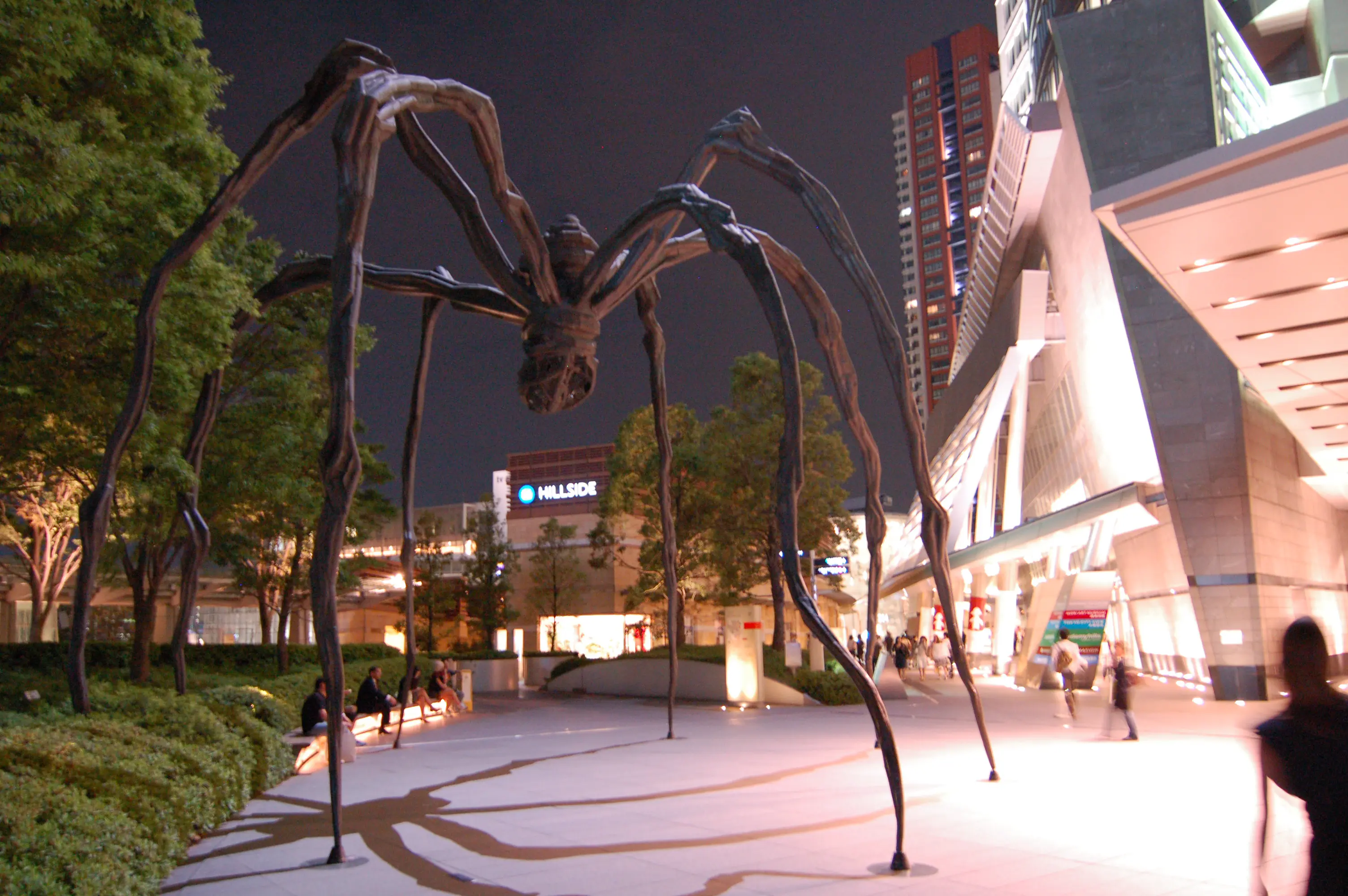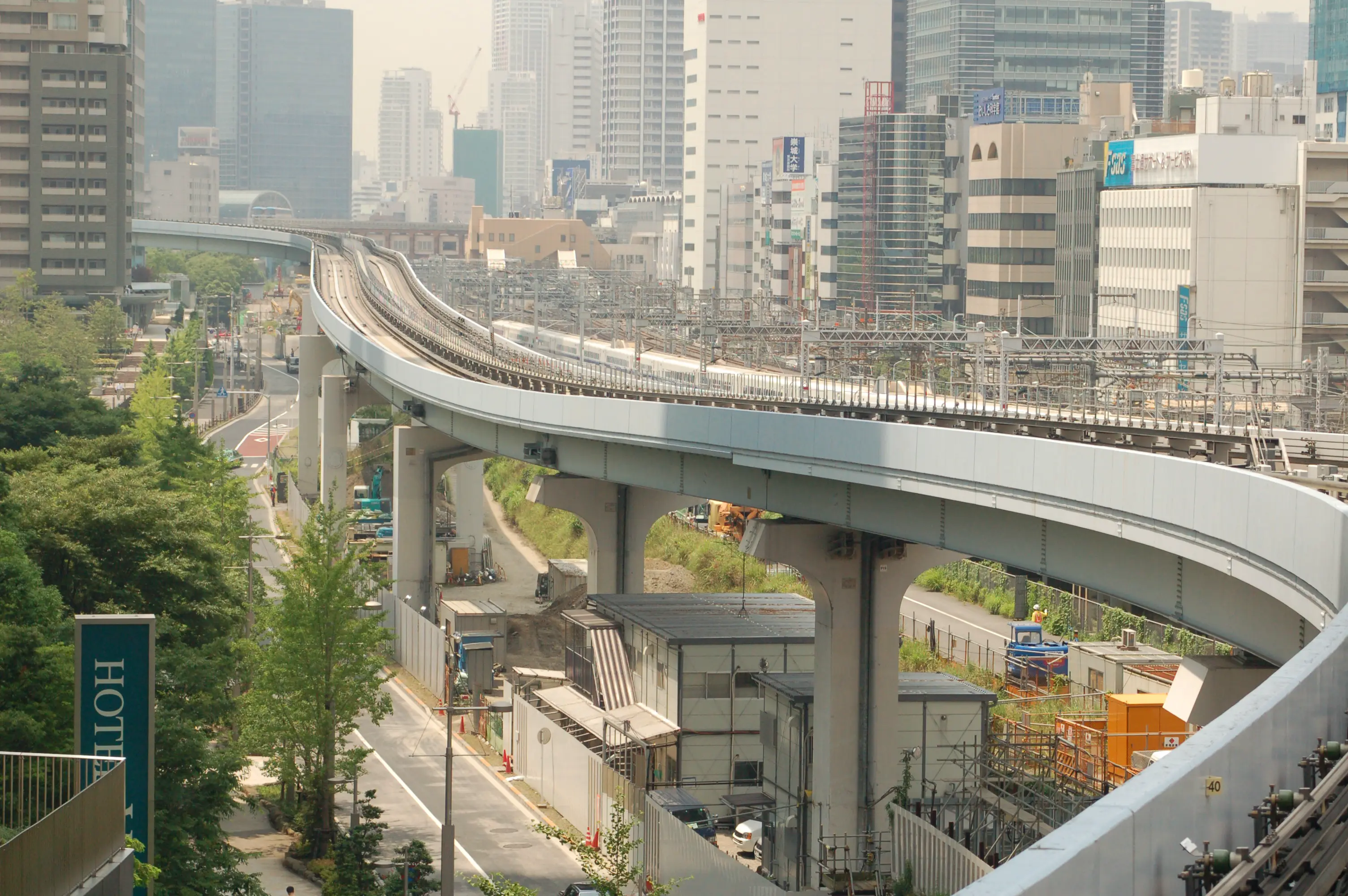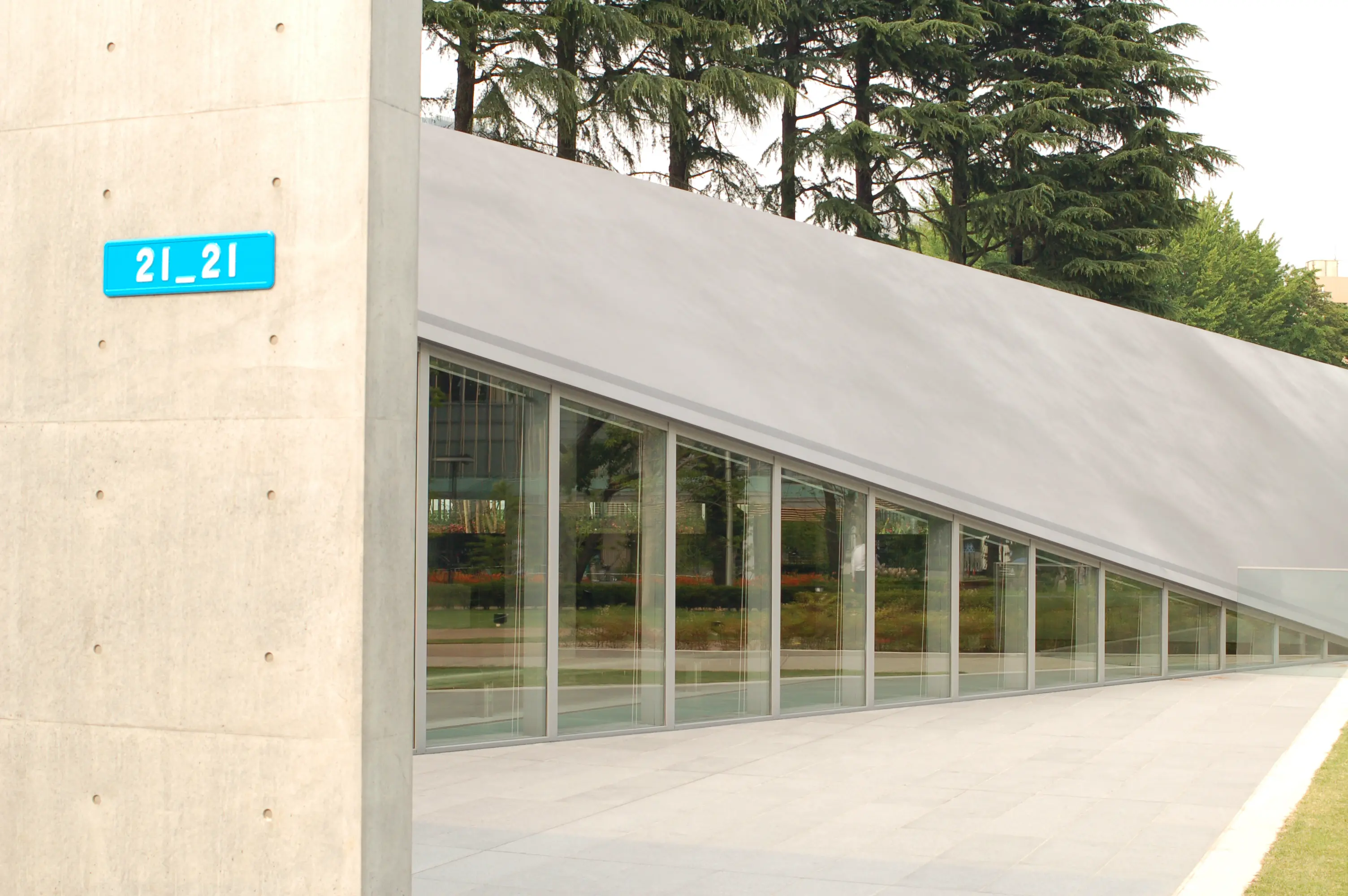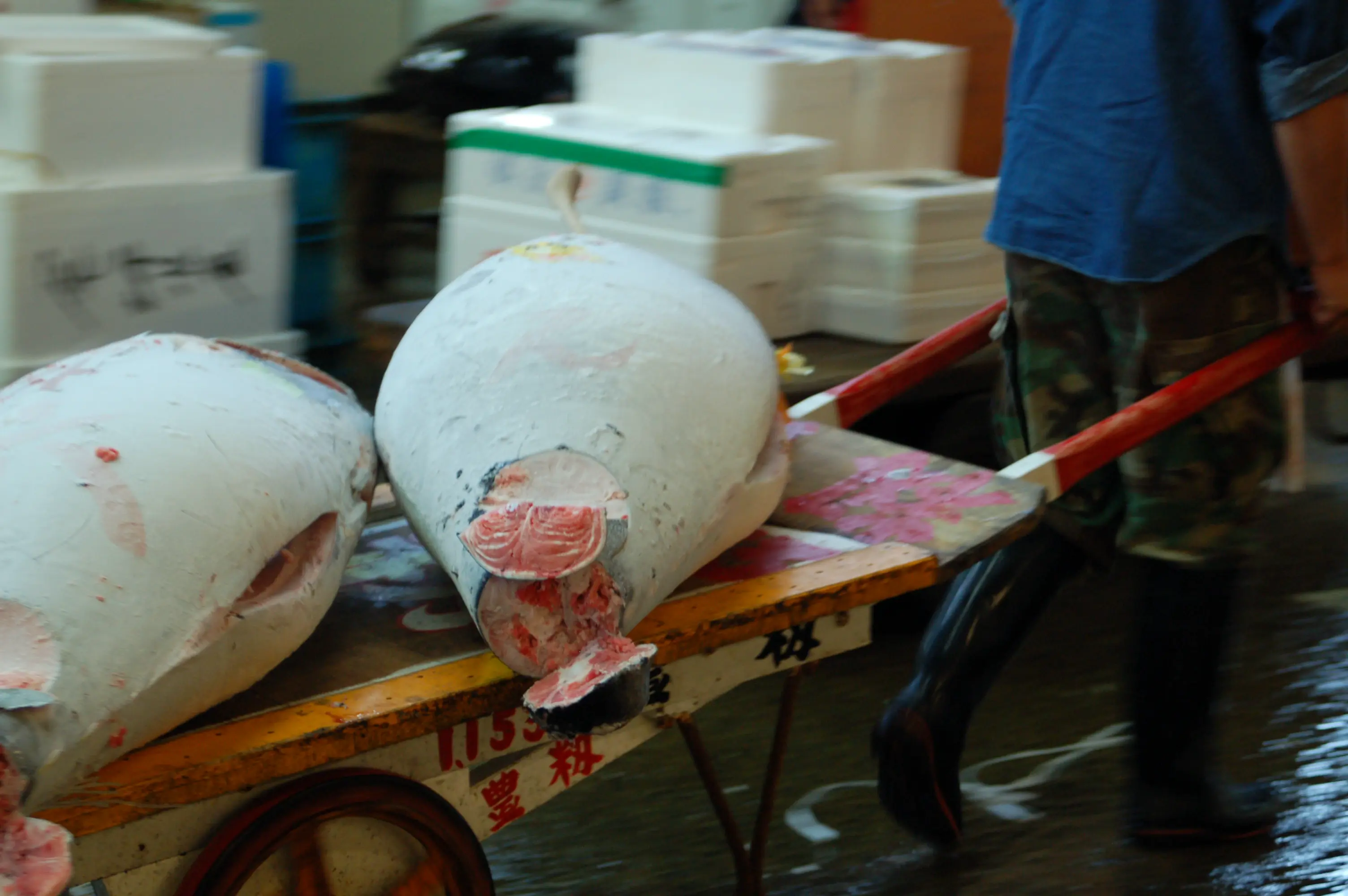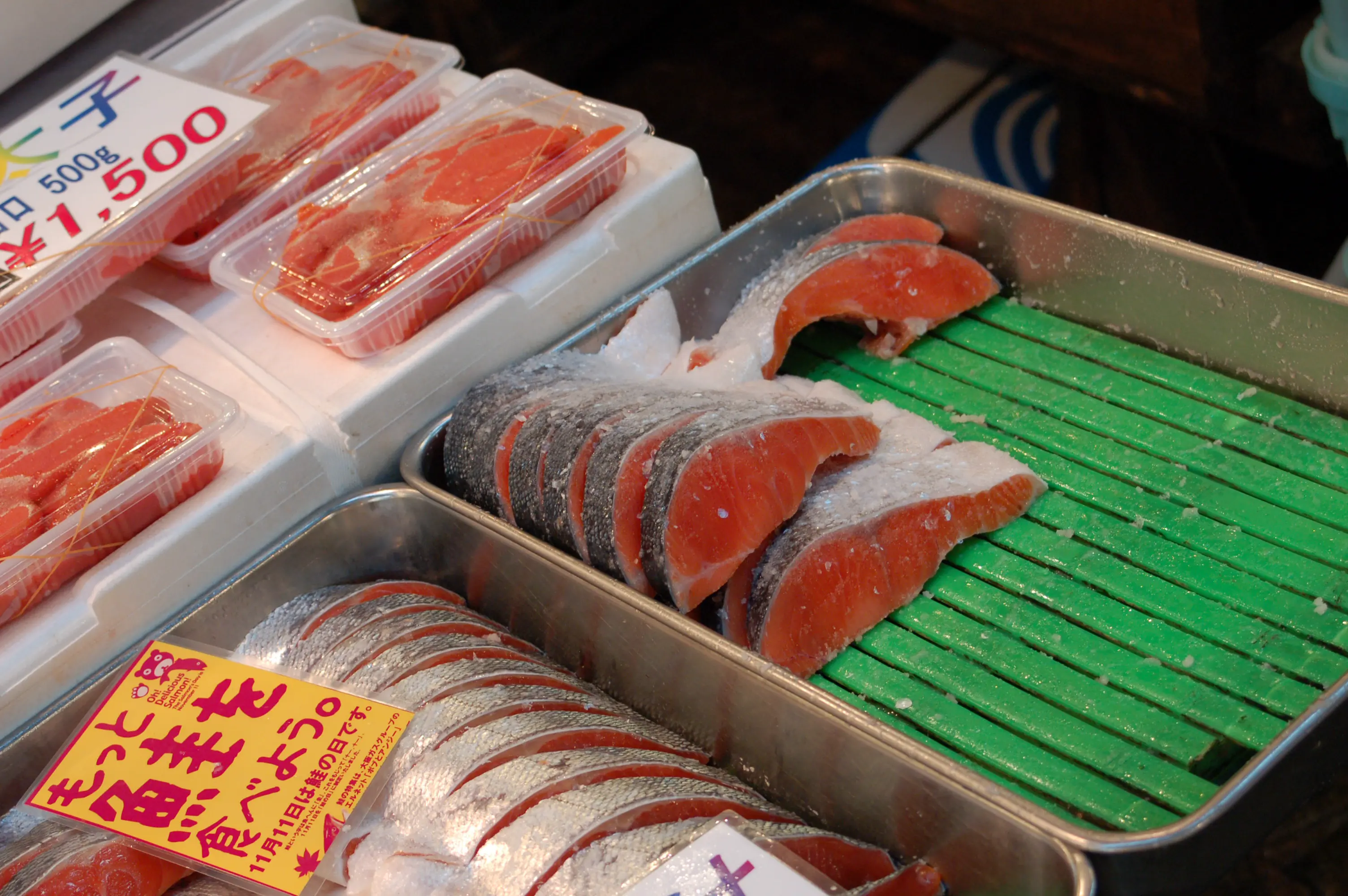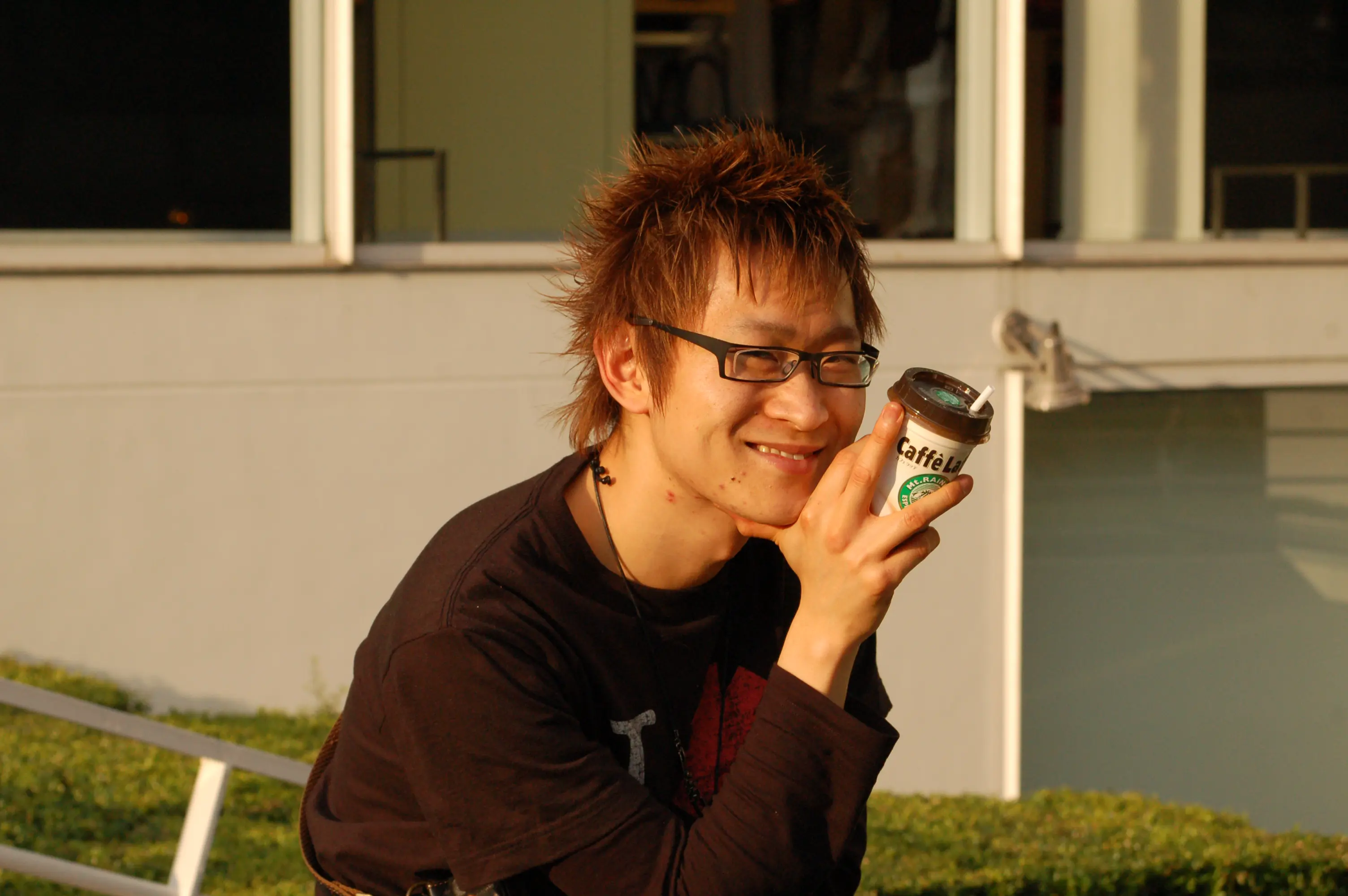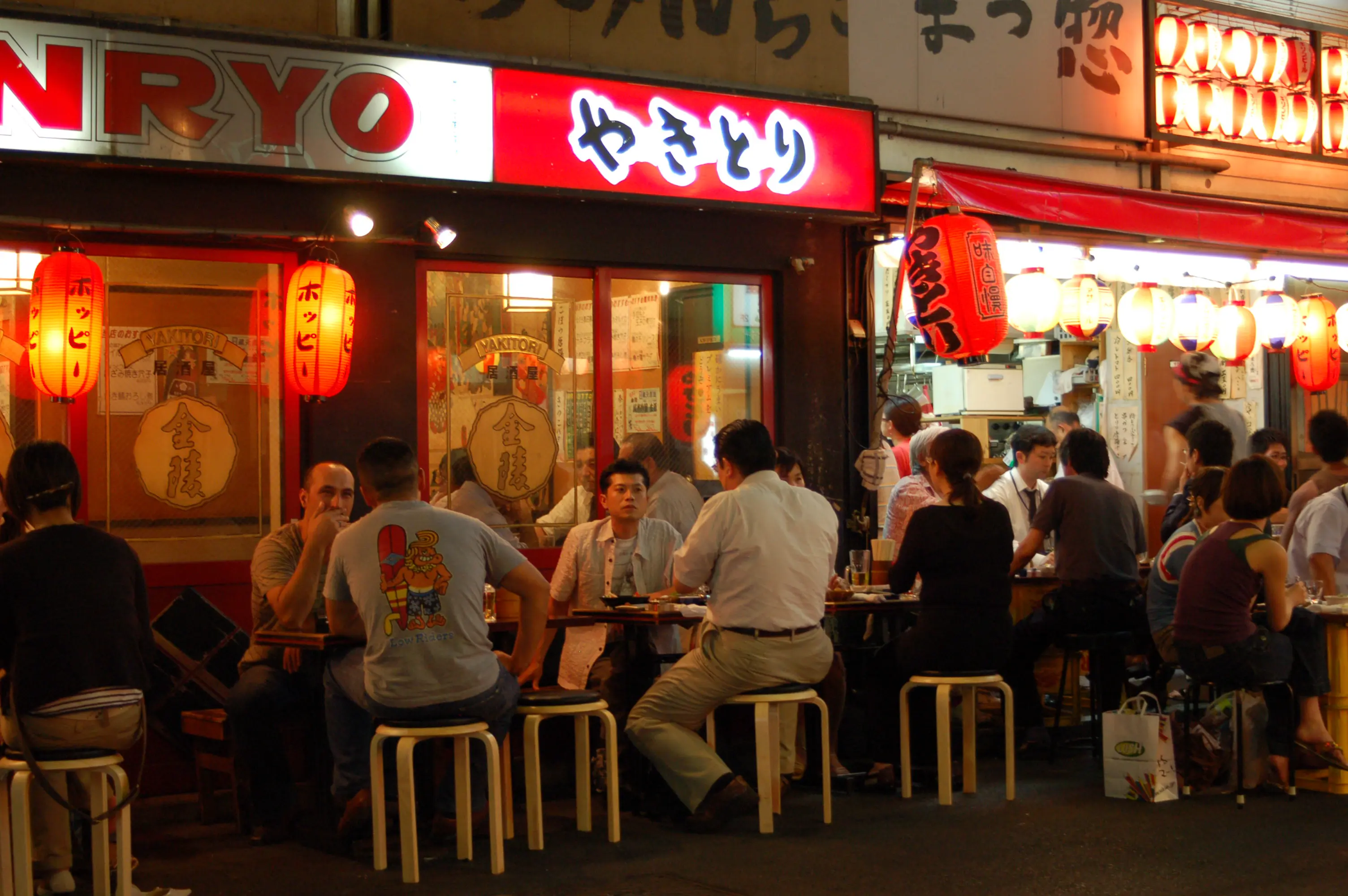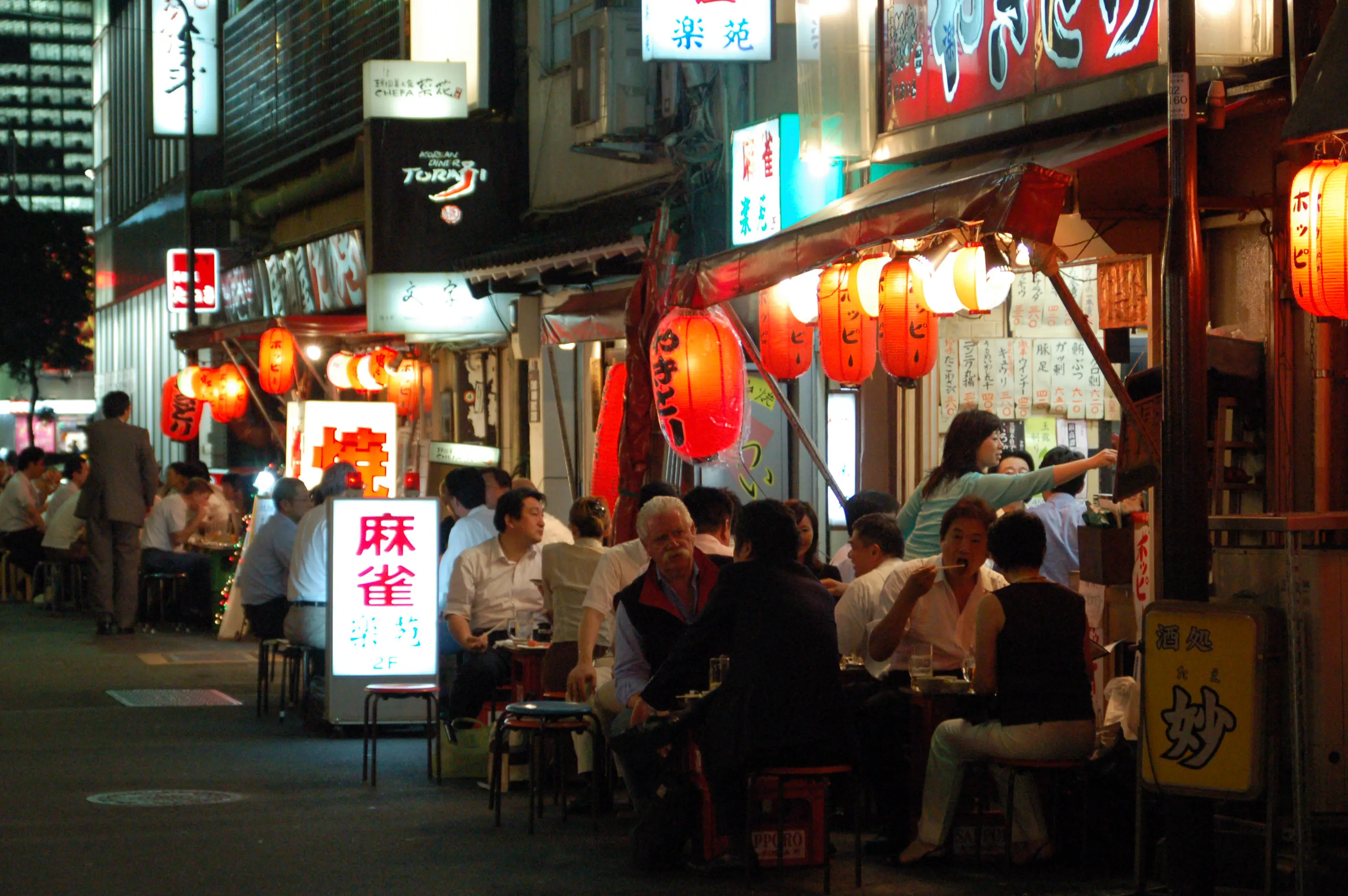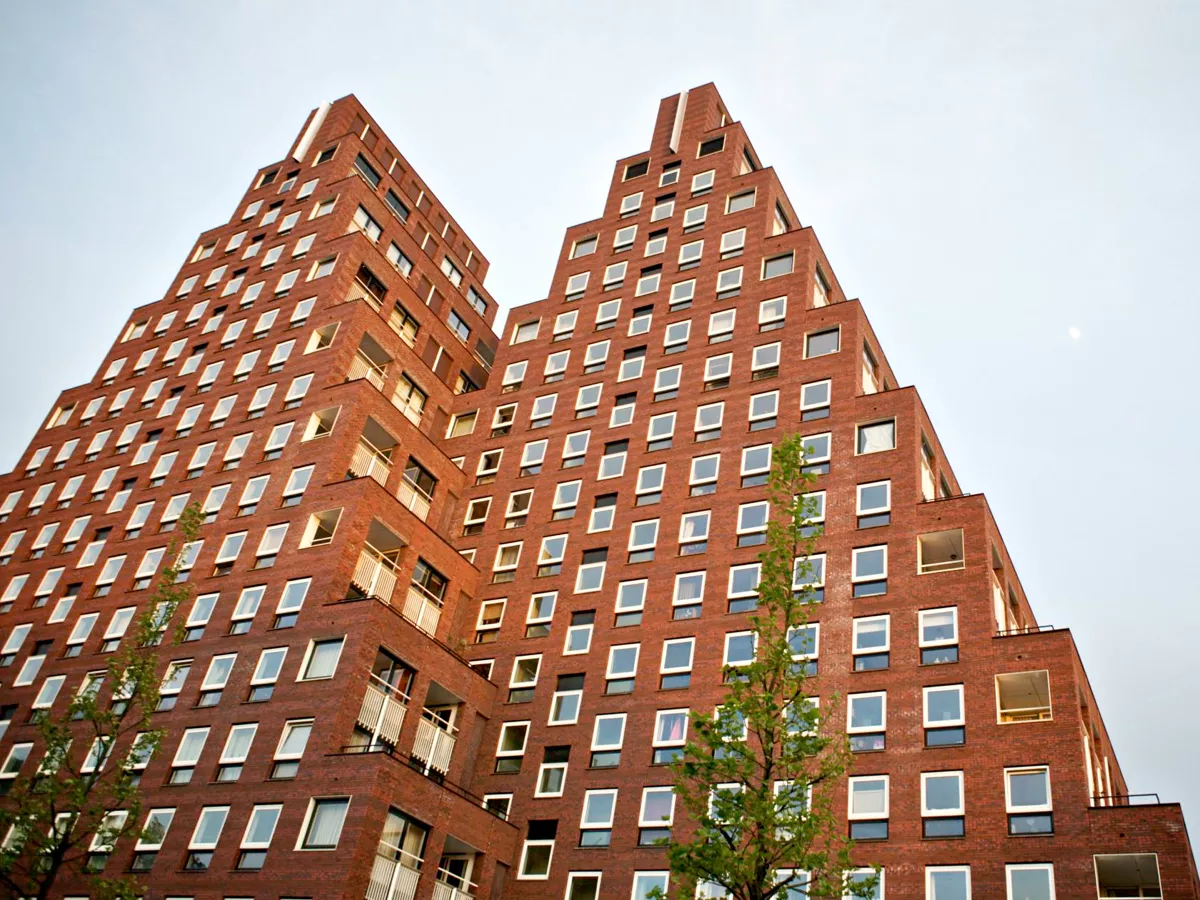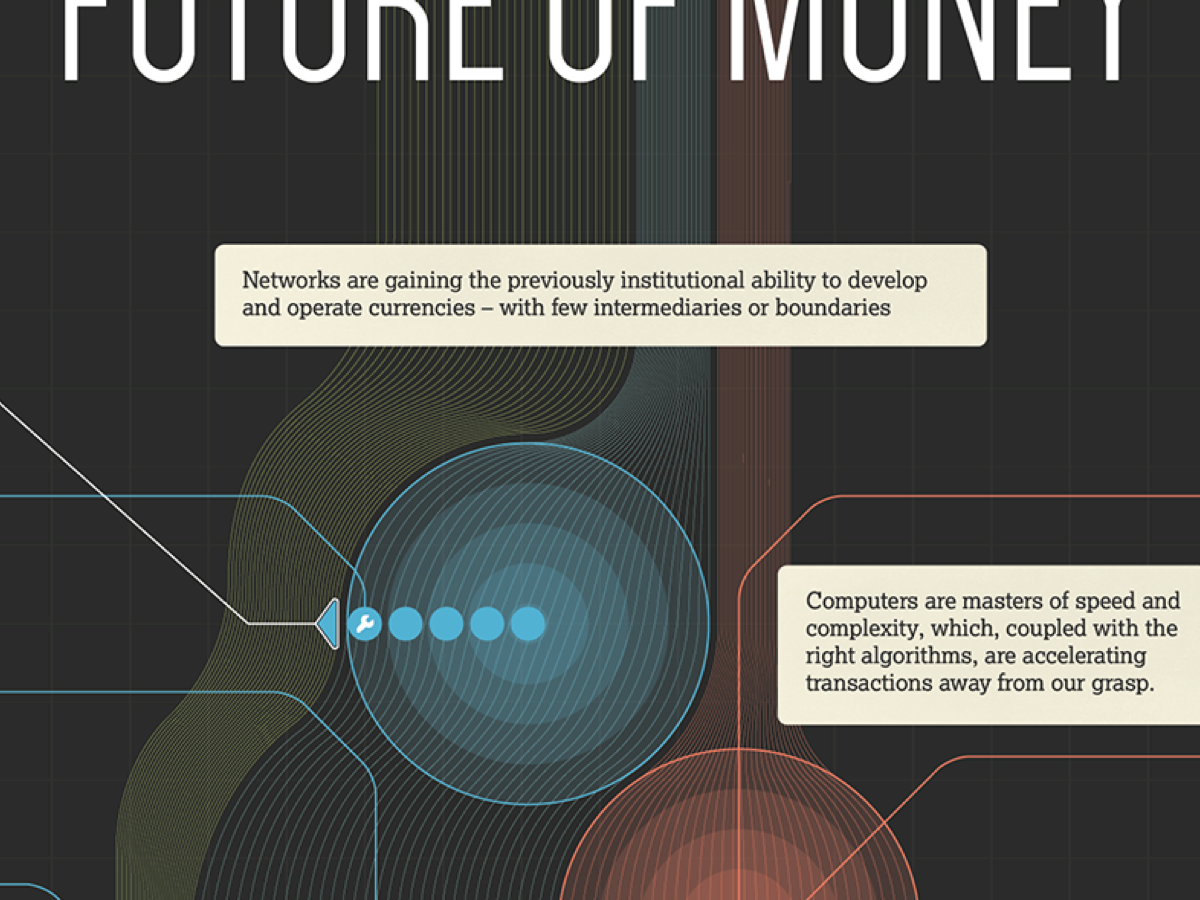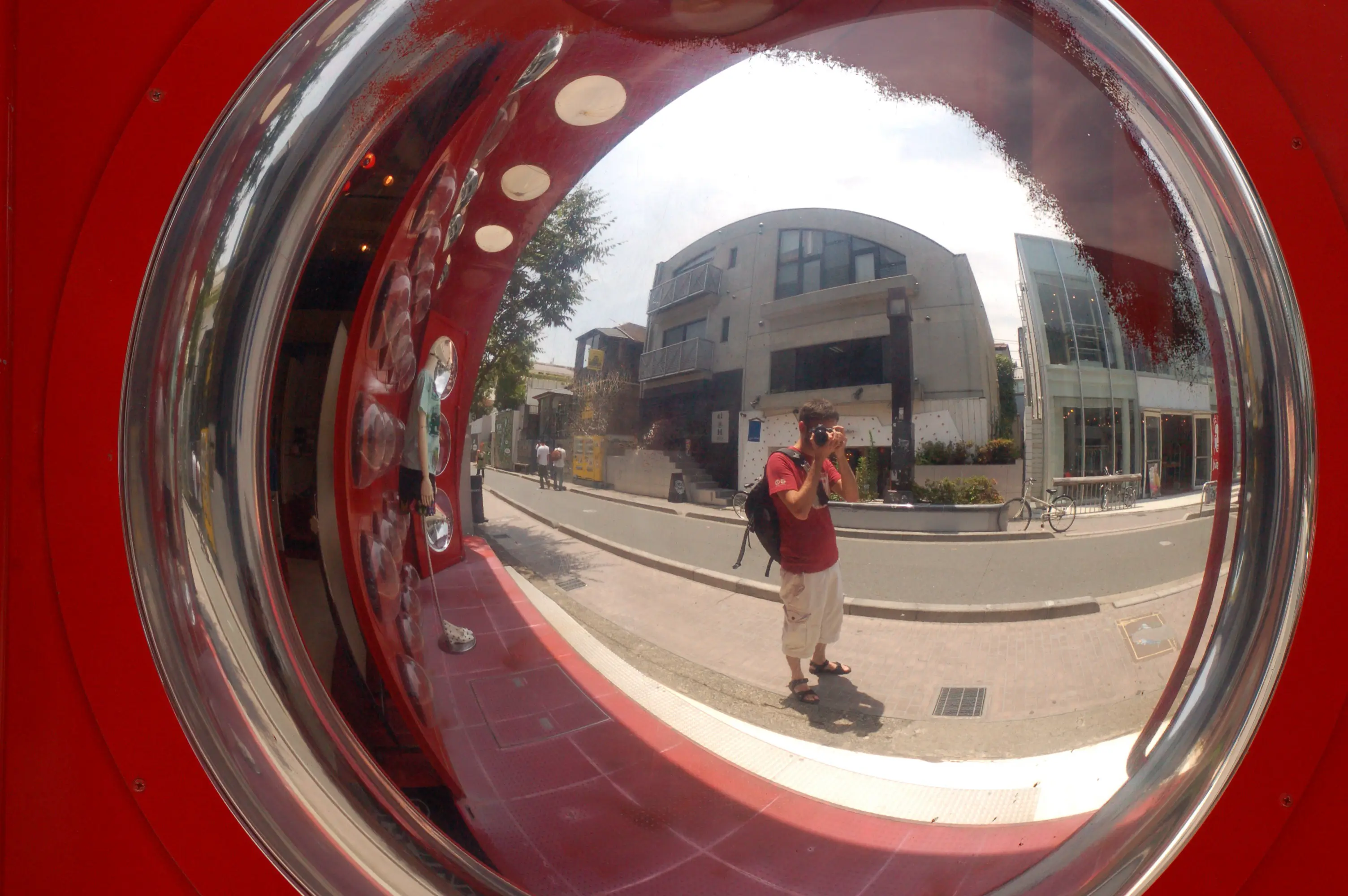
I don’t usually write about these things, but then again, I don’t usually travel halfway around the world either.
For some reason, I have had a life-long fascination with japan and japanese culture. It took long to realize, but I finally started to see what godzilla, katakana and astroboy had in common. The fascination, I believe, stretches beyond the glitzy neon shell of tokyo’s akihabara and harajuku, and covers aspects like how japanese people are essentially a hundred and thirty million people family, intimately connected through tradition, a sense of forward-looking and genes.
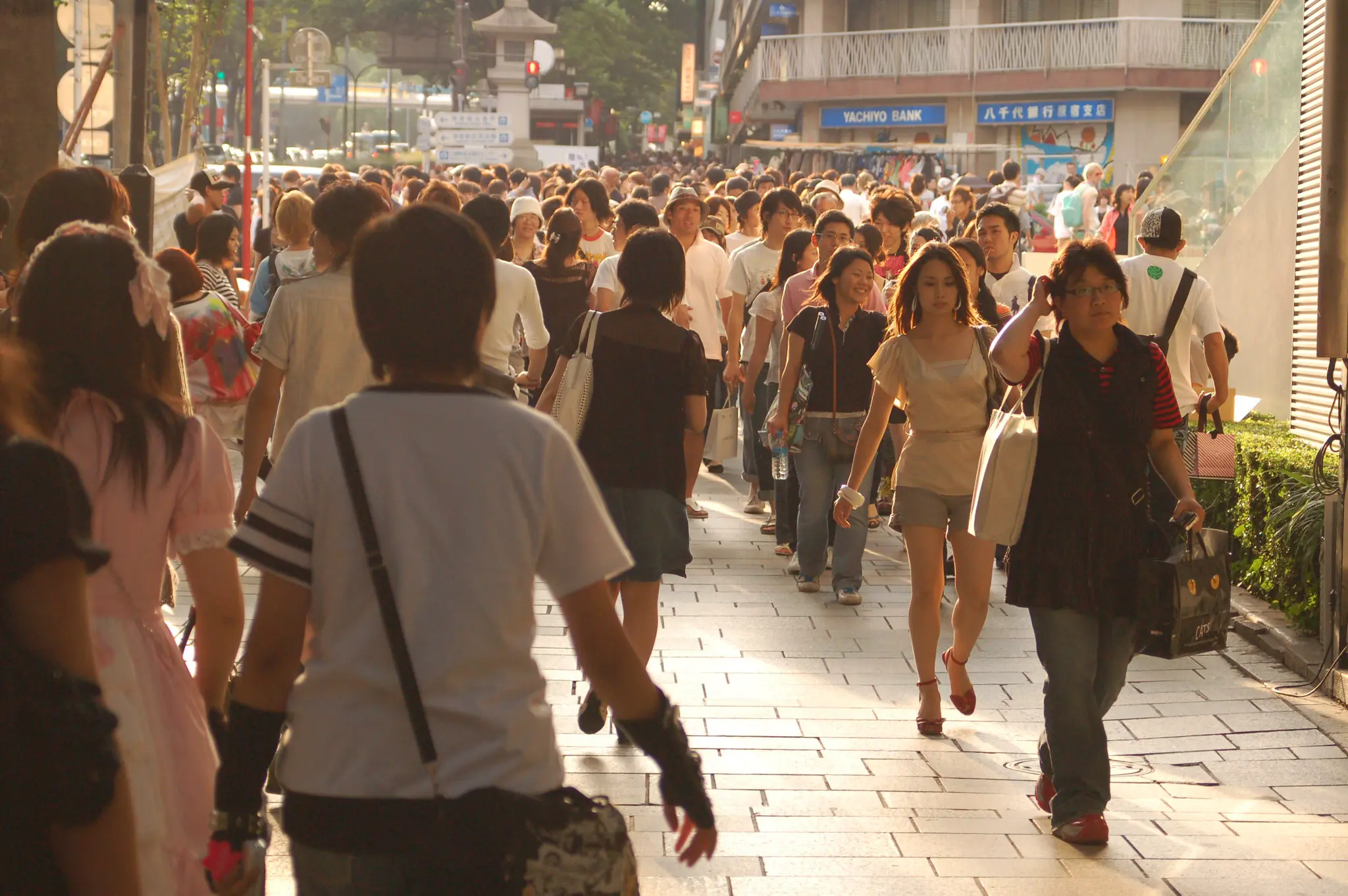
The way they relate to the outside world; observing it, analyzing it, dissecting it and then reconstructing and finally returning their spin on it is nothing short of unique. No apparent xenophobia — but a careful approach to de-and-re-constructing everything. Such curious traits have been the root for this interest, and all of this panned out in an different ways during my first ever week in Tokyo.
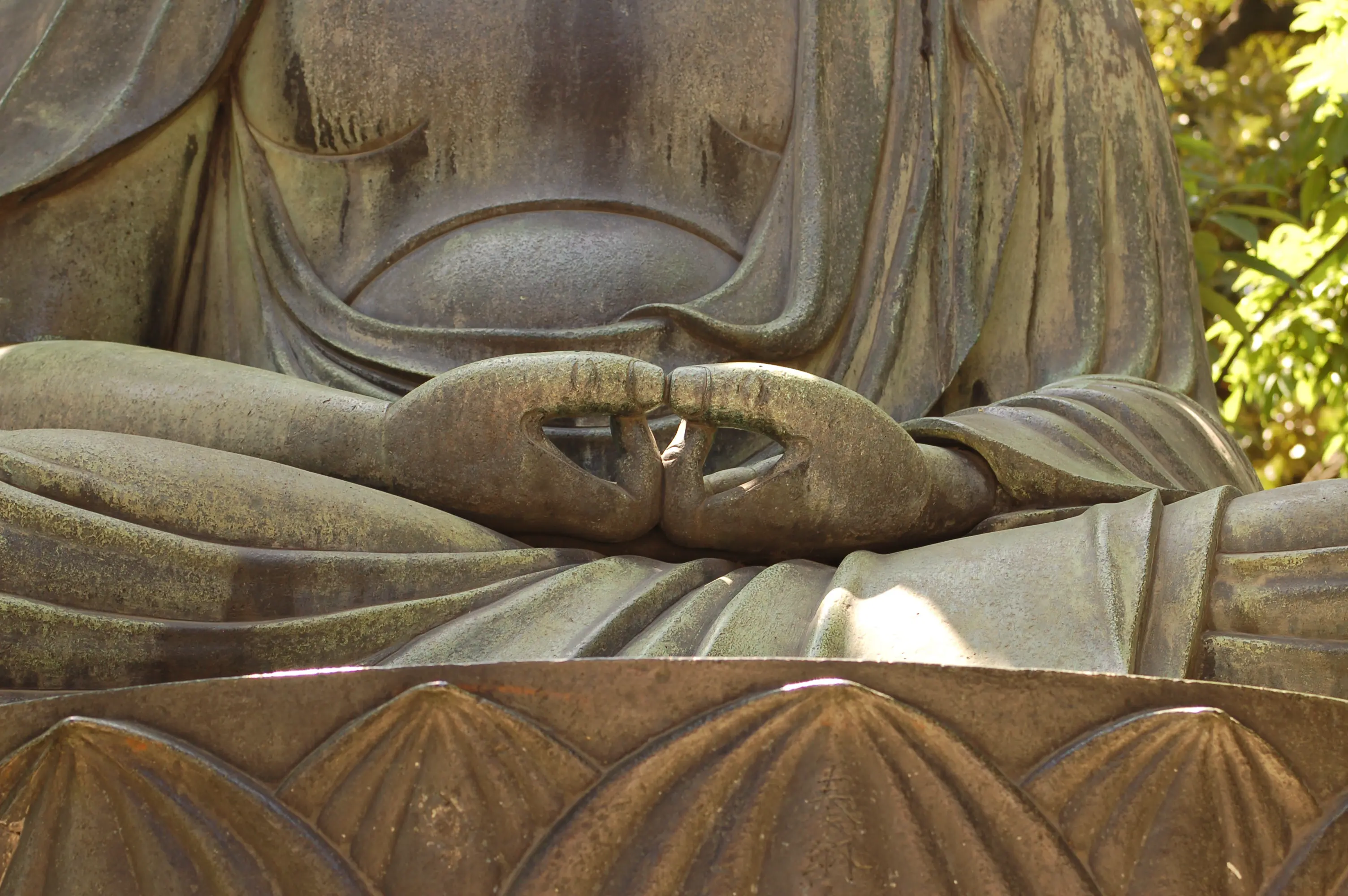
But at the same time it is exquisitely peaceful. There is an atmosphere of respect and calm over everything. During my first day here, I took a stroll around Ginza at 8am to get a feel for the “working life” — people going to their offices and catching their metro. What astounded me was not the amount of people, nor their haste, but how absolutely quiet they were. Like drowning, all noise disappeared. Only the sound of cars and construction sites. Eerie. Even people on the phone seemed to whisper as to not mar the silence.
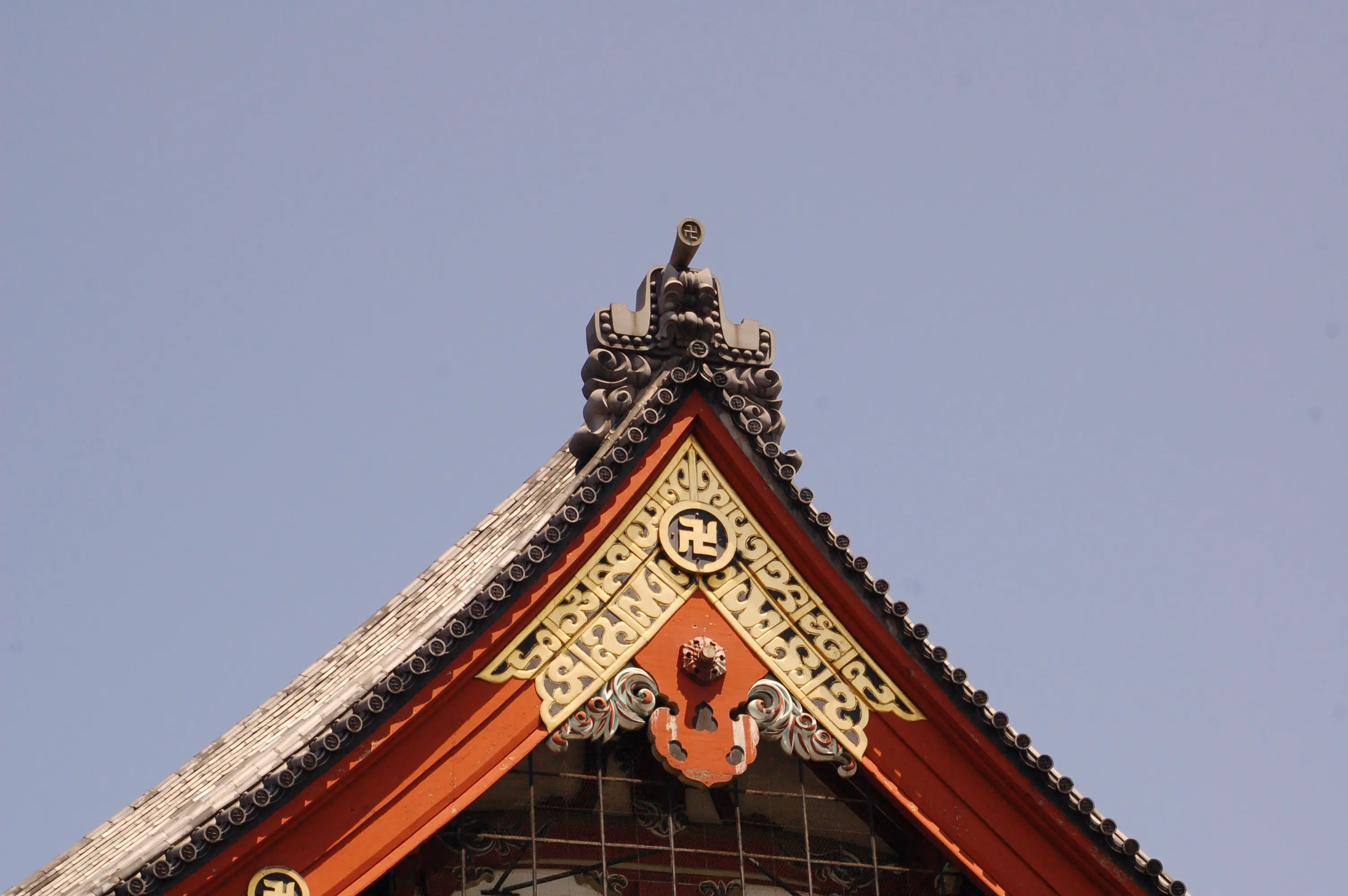
Some casual observations:
The deep sense of mutual respect. Going back to the japan-as-a-family idea, I feel that the secret behing the astoundingly low crime rate and constant konnichi wa‘s and domo arigato‘s is the deep sense of community and mutual appreciation. It works like nowhwere else, and you feel almost obliged to follow suit, be it by stopping at empty streetlights or by thanking people over and over again. It all reinforces this apparent respectfulness for other people. And in a similar vein, the respect they have for gaijin like me is noteworthy. I have never been mistreated as a tourist — anywhere in the world — but the sheer politeness and effort to understand and help out at all times here is unique. Every time I stopped at a subway map grabbing my lonely planet and confusedly figuring out the kanji name of my next station, some helpful soul would appear with his best english asking if I needed help (and oftentimes walked me there, too).
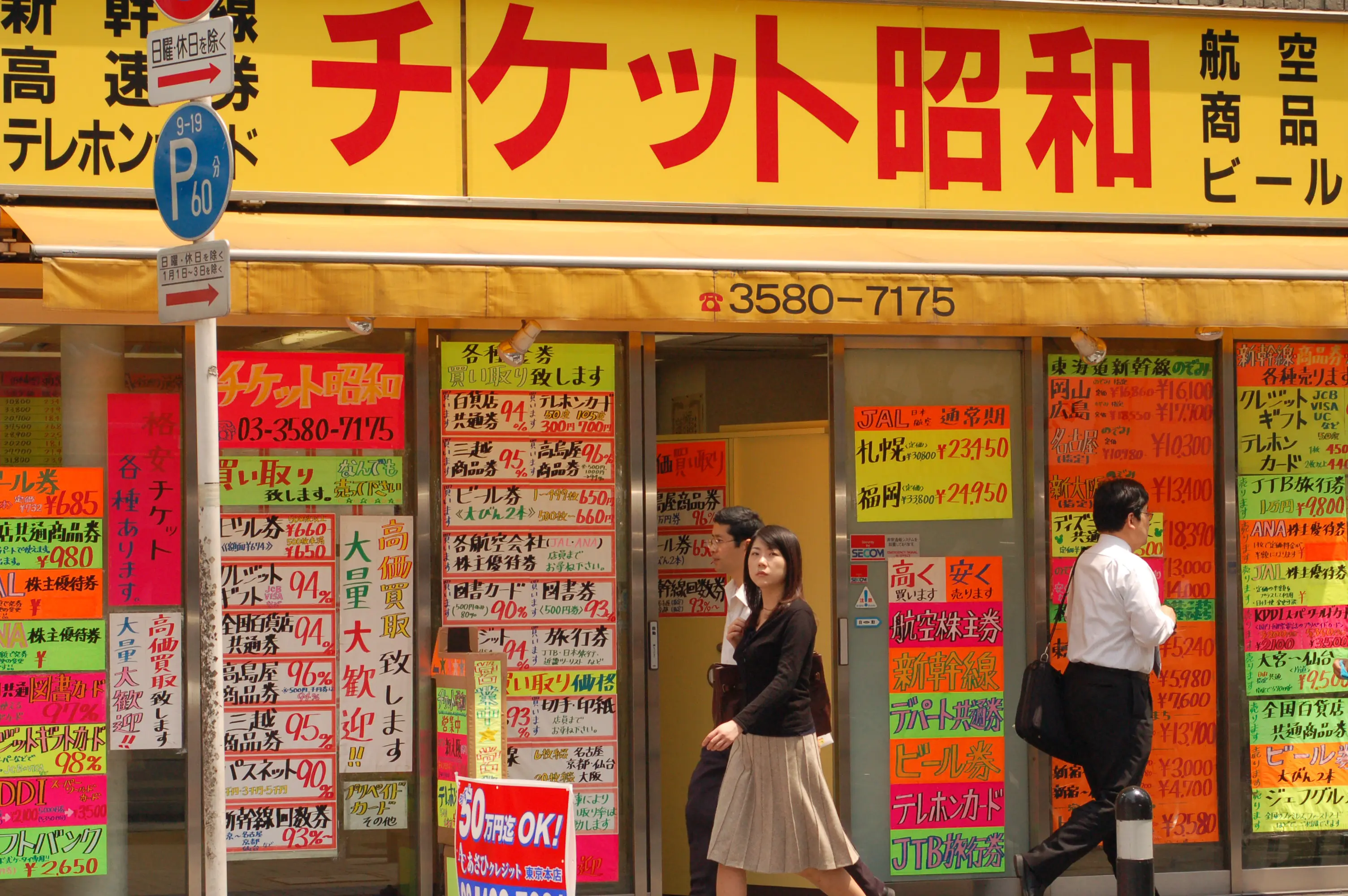
It is worth mentioning that knowing your absolute basic words in japanese will get you very far in terms of receiving help. While my otaku vocabulary might stretch far, my knowledge of useful words is still confined to hello, yes, thank you and goodbye. Yet — using these frequently made a world of difference in treatment.
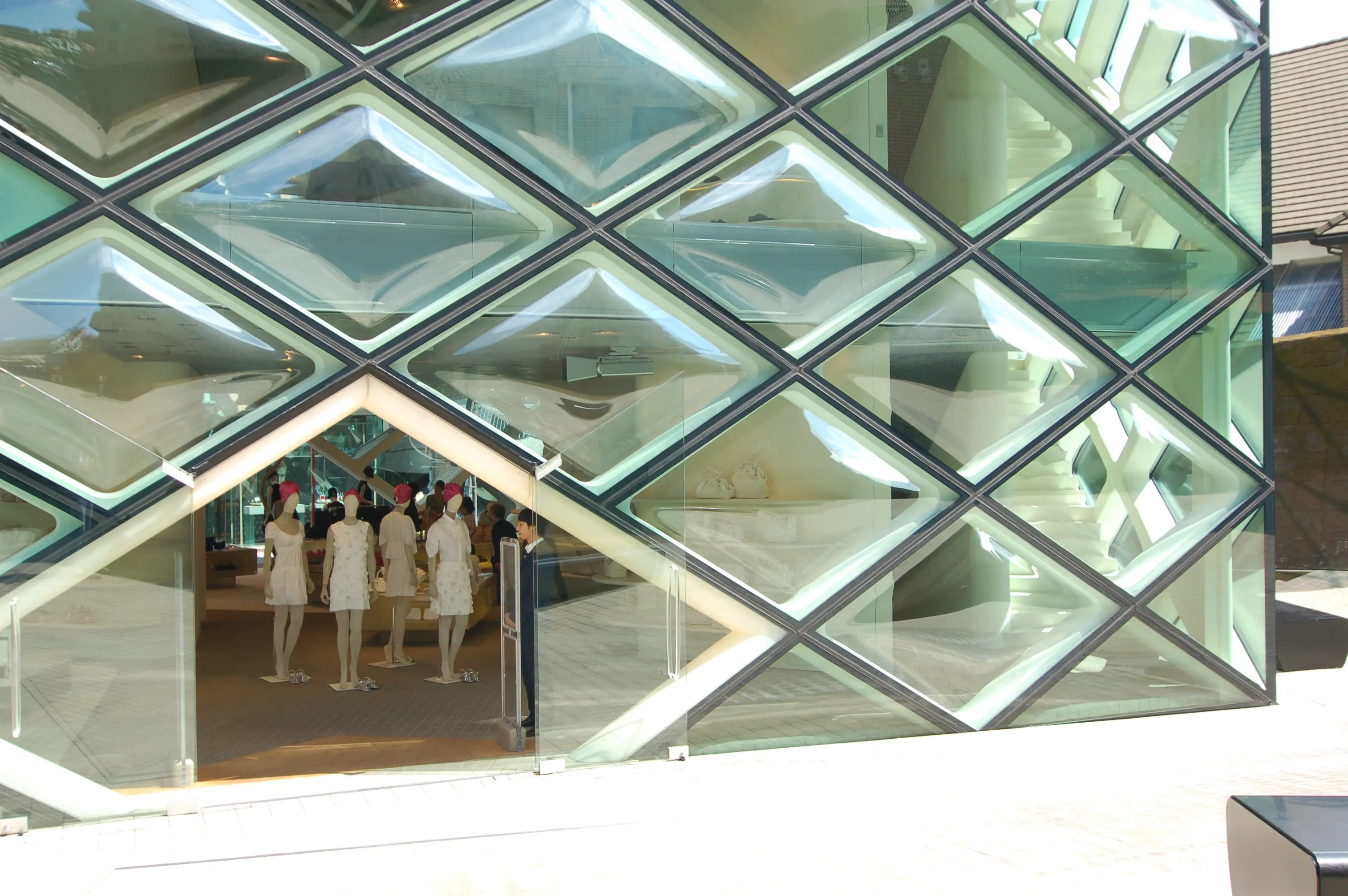
Another surprise was the extent of Tokyo people’s affinity for shopping. I of course knew about the flagship stores and interminable shopping streets, but seeing it in person was an eye-opener. There is no end to it. Everywhere I went had enough stores and restaurants to put any other city to shame. Ginza’s incredible temples of glitz, Aoyama’s infinite side-streets of design goodness and Daiyakanama’s hills of international boutiques. Not to mention Asakusa’s narrow streets with wholesale restaurant-gear or Shibuya’s neon-clad teenage fashion. Everywhere is shopping heaven. My favorite, though, are the millions of vending machines. I was half-expecting to find the ones selling live squid or dog food, but the ubiquitous ice-coffee and diet Pepsi sufficed.
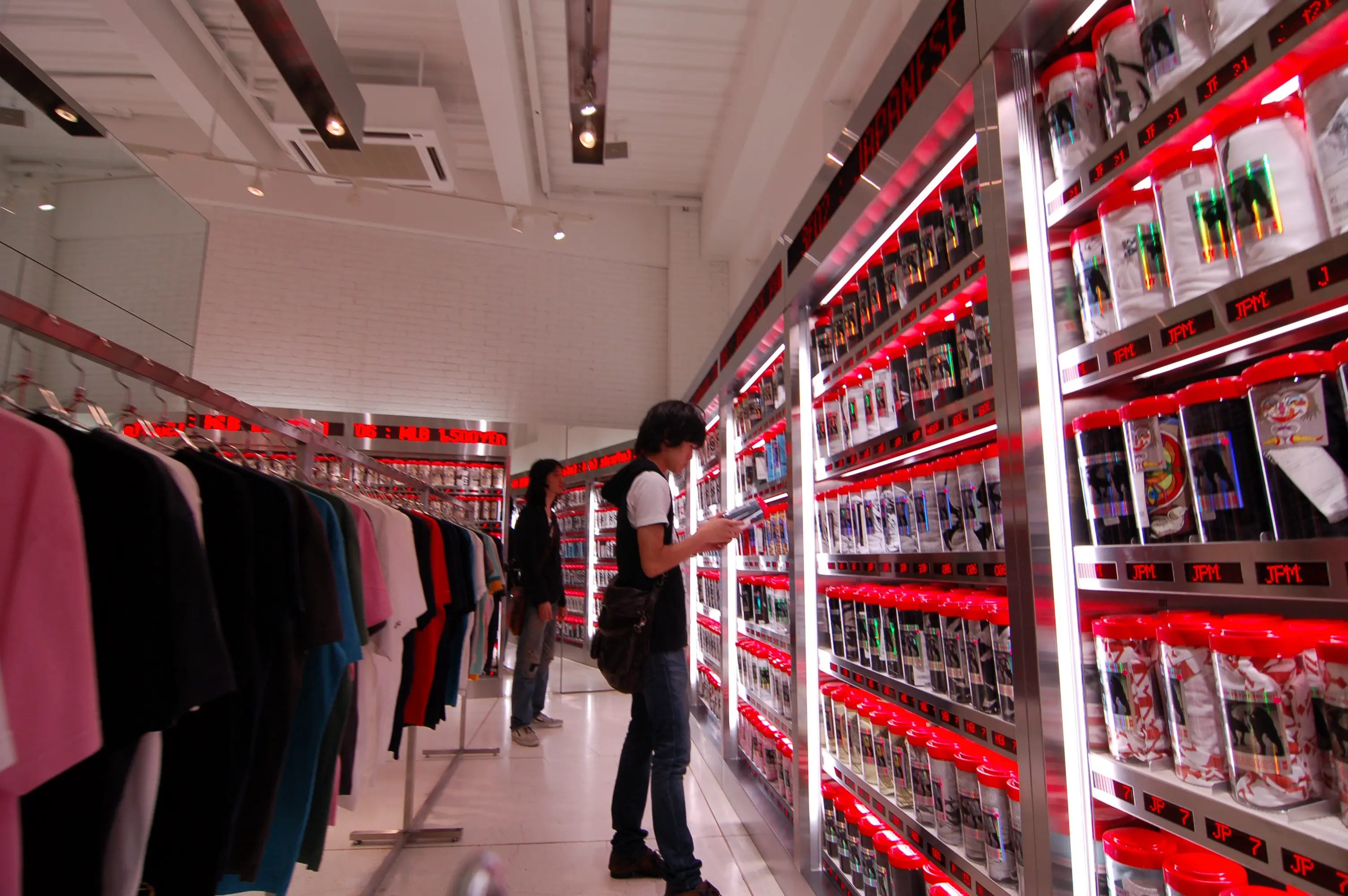
Not buying things here is quite the exercise. Everything is colorful and asking to be picked up, but personally I bought only some local surprises for friends and otaku geekery things for myself (thank you, worlds cheapest apple store). Prices are reassuringly low (to my northern european €-standards). Excellent street dinner* with drinks for ¥3000 (€18) per person is very cheap. The sheer amount of restaurants is a topic for a separate post altogether. Let’s just say that I have never seen anything like the packed streets of Shinjuku at night. Nor the endless floors with tiny bars and restaurants of Shibuya — all crowded. (* Ippei will argue that it was far from excellent, and I will disagree)
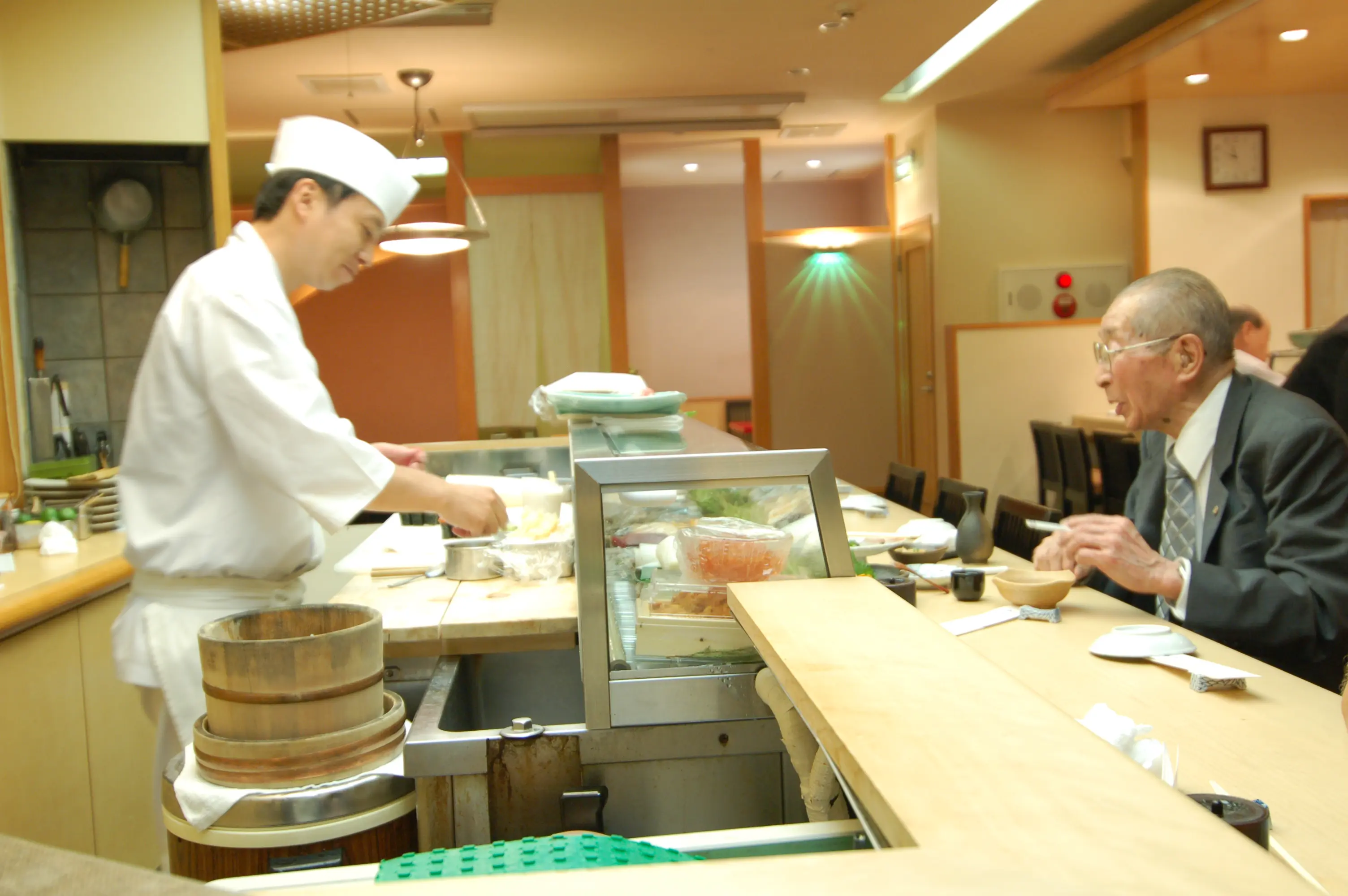
Note that it’s annoyingly difficult for a foreigner to eat at an authentic place. The all-japanese menus and our inherent difficulty of “getting” what a restaurant is like judging only from signs and location added a whole layer of complexity. Another favorite were the (underground) food markets. Tons and tons of fresh colorful food to gawk over and taste. Beats the hell out of your local AH.
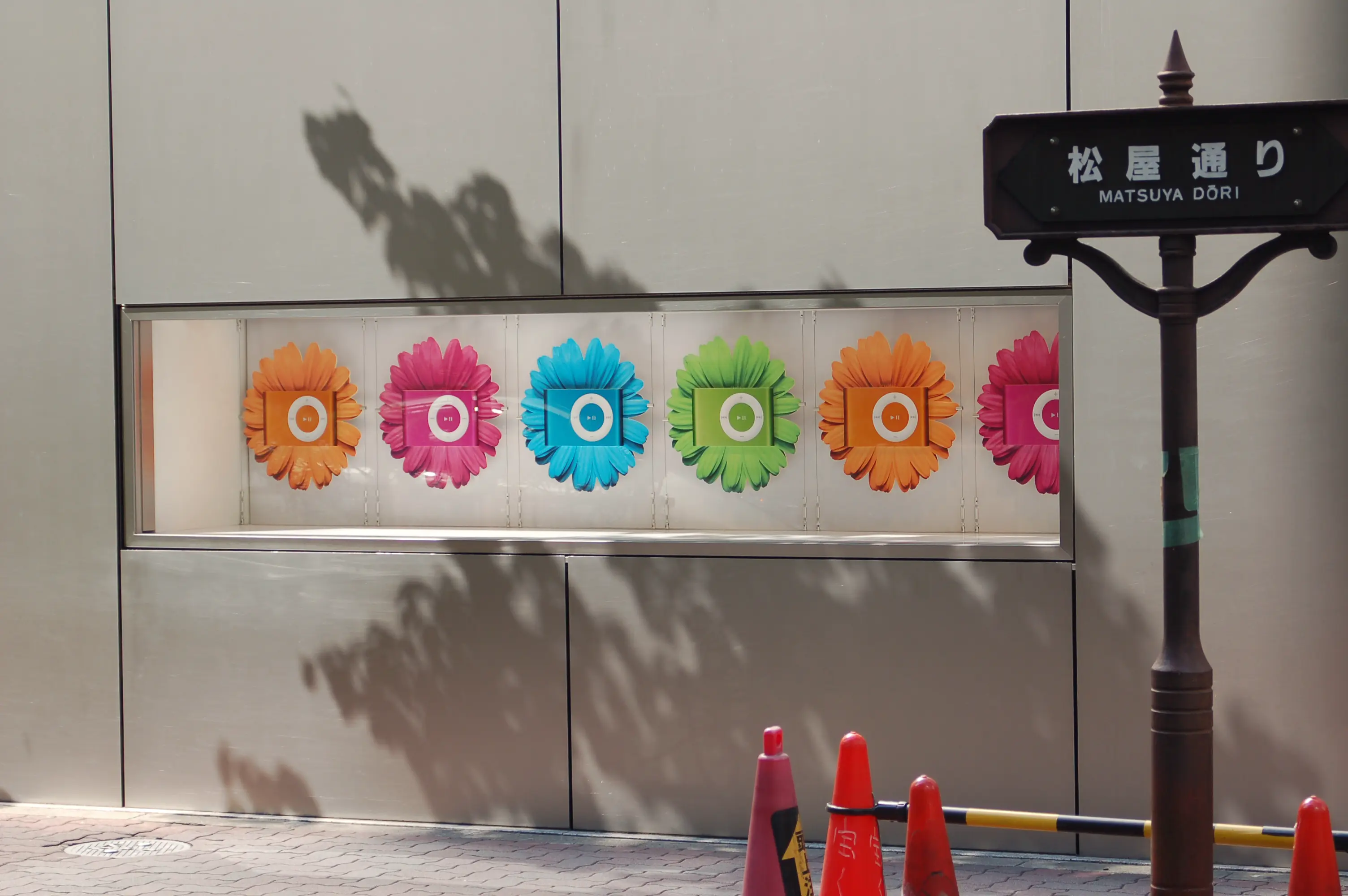
The sense of security is altogether impressive. Everyone I talked to had a story about leaving his or her wallet behind, only to come back hours later and finding it intact. This of course meant I had to give it a try myself. When at a gaijin-friendly Starbucks I purposefully left wallet, phone, camera, backpack and my Lonely Planet on a table while I went to the restroom. Dead scared, of course. But unsurprisingly I came back to find the gear right where I had left it. Another neglected fact is that Sanrio Corp seems to quietly have killed off Hello Kitty. Save for at a few very touristy spots, my favorite kawaii kitten was nowhere to be found.
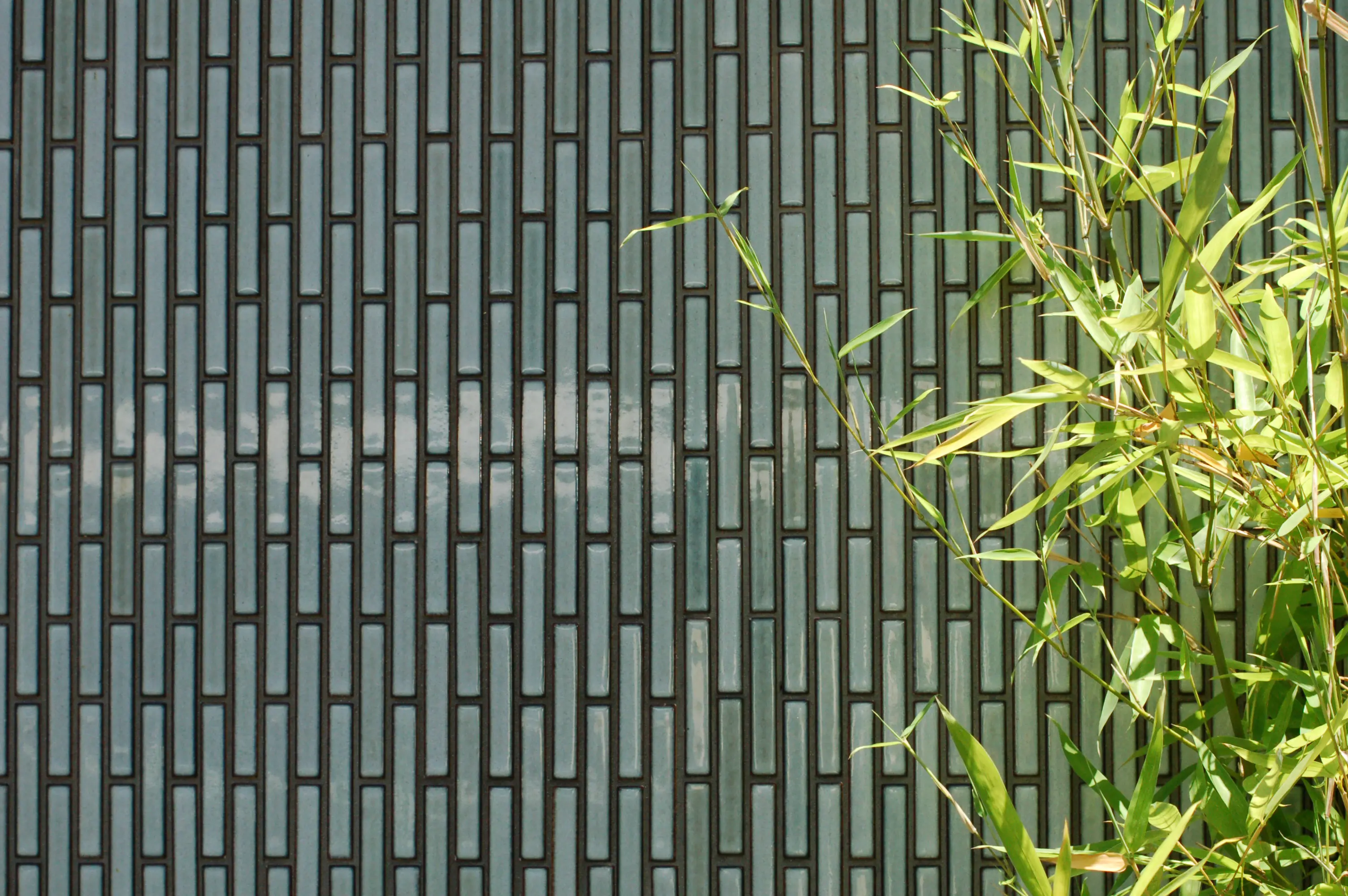
Also, every stereotype is true: trains run on time; you can really not locate places based on an address (or even a map); the schoolgirls all dress like that; the harajuku girls (and boys) dress like that; salarymen always look rushed; brazilian music is played everywhere; everyone looks down on their keitai and DS’s in the subway; and the Shibuya crossing is just insane.
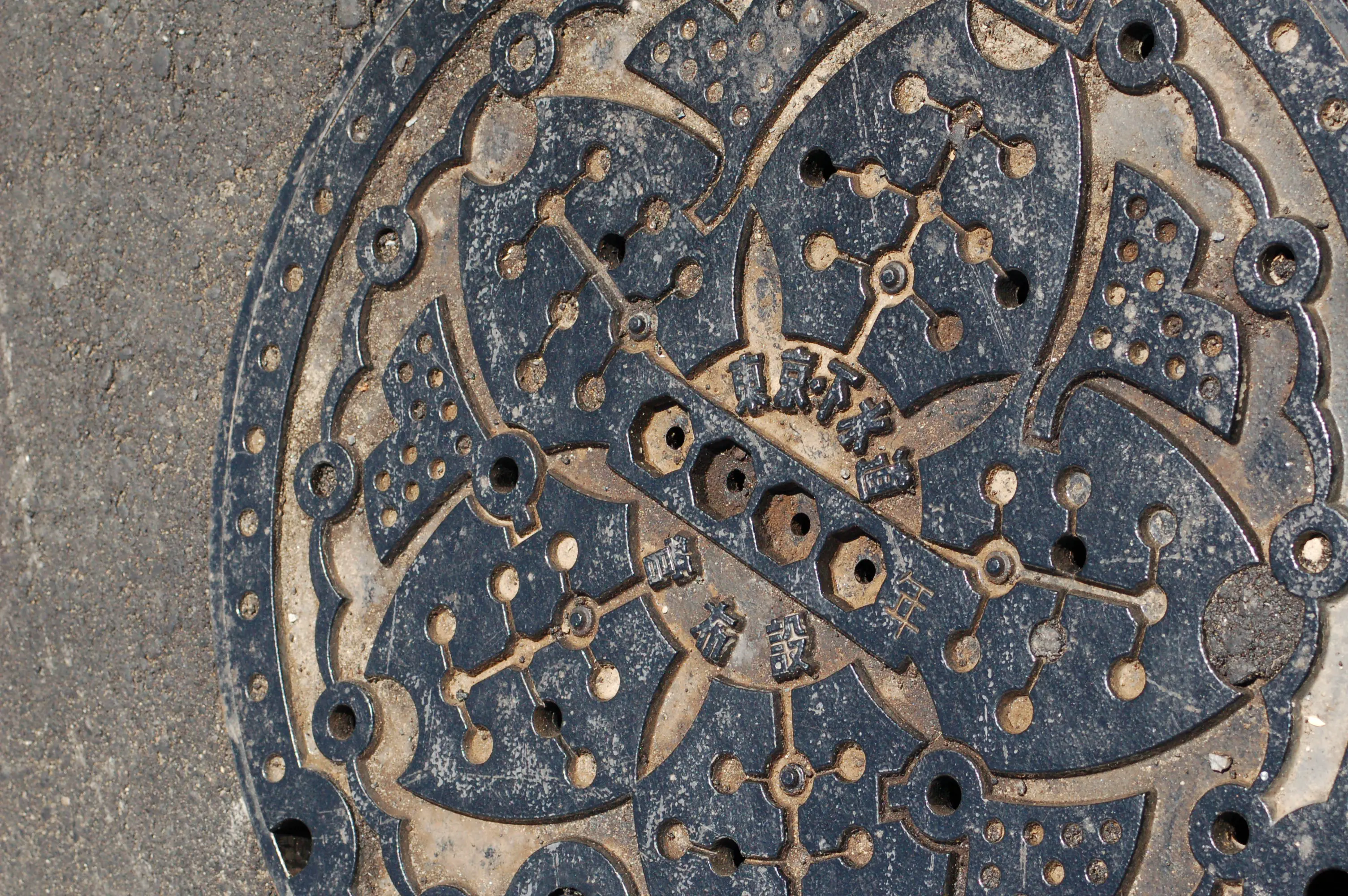
And the little things. The habit of pushing the button to close the elevator doors when you’re the last person in (just to speed things up a tad). And the incredible cleanliness of it all. No garbage because people (mostly) don’t toss things in the streets. And the clean air — because all cars are brand new (taxes on cars go up rapidly for old cars, promoting the local car industry and push cleaner engines on to the streets). You don’t even believe you’re in a city with millions of vehicles.
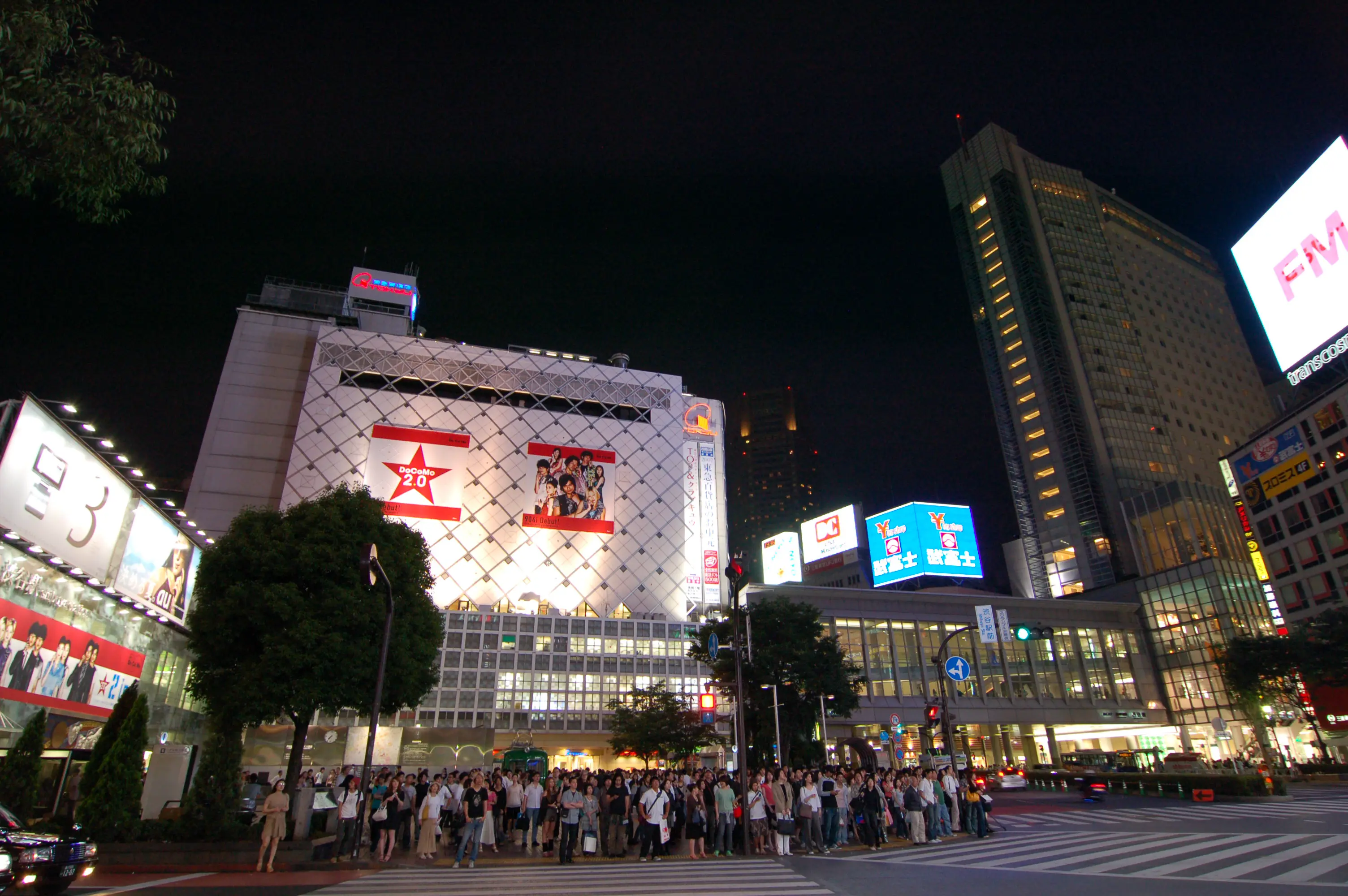
And the little wet towels that are supplied every time you eat. And the construction sites that look like buildings in their own right, with clean plastic protective walls and always a worker standing outside the site to point out to passersby that there might be the impending danger of a truck driving out on the street.
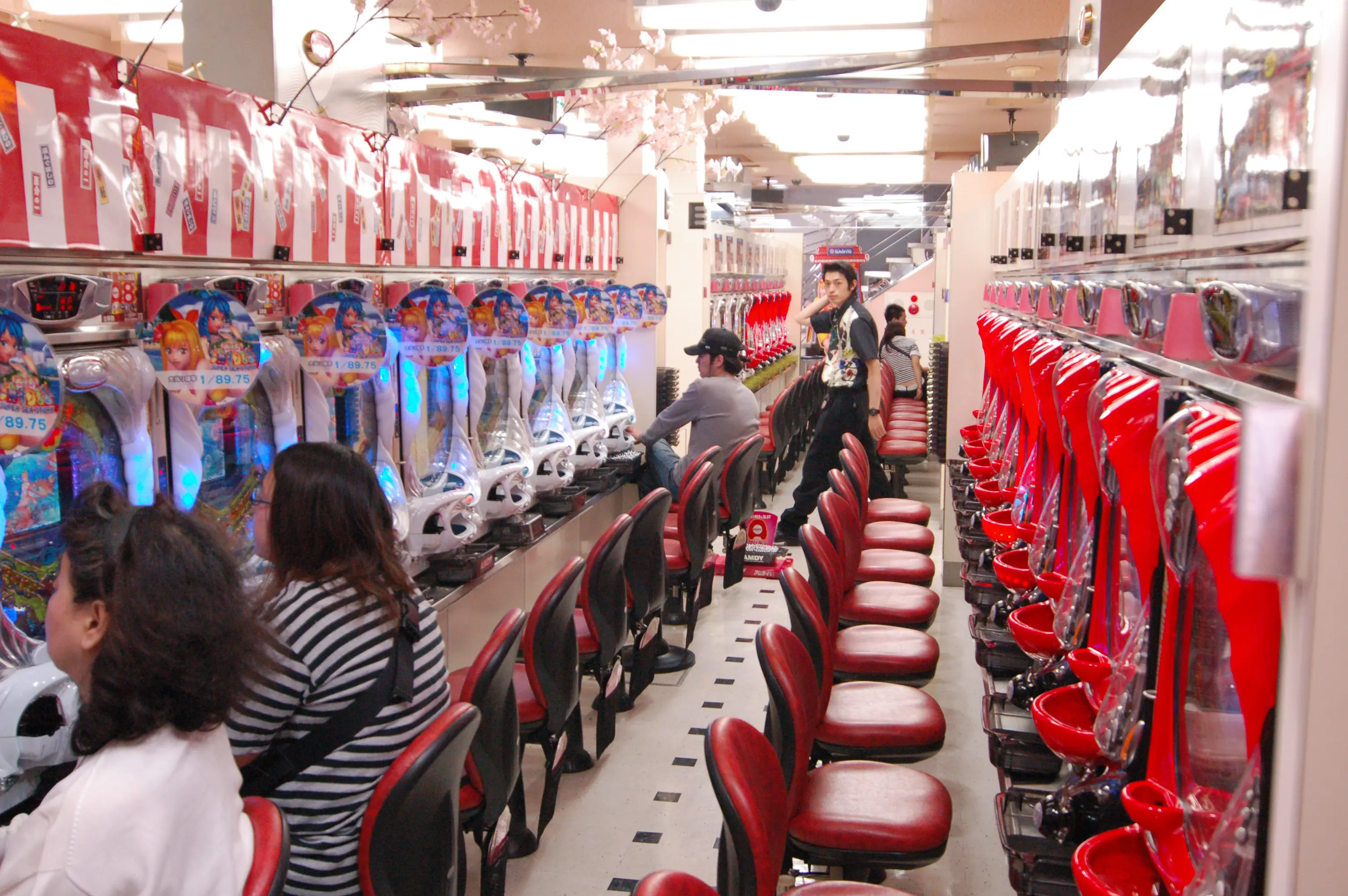
Top 9 highlights of the trip:
- 10-minute haircut (and the dialogue that ensued)
- 10-minute beef
- Not having suntory whiskey at the park hyatt
- The Ultraman statue
- Toto
- My Godzilla & Gundam t-shirts
- Self-opening and closing taxi doors
- Iced coffee everywhere
- Viewing Mount Fuji towering underneath from the airplane
So if you can stand the perpetual sensory overload and raw fish, there’s no excuse for not visiting Tokyo. I’m sure it will be worthwhile.
